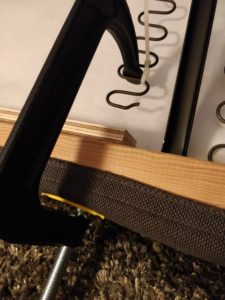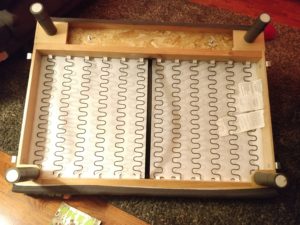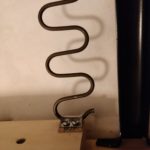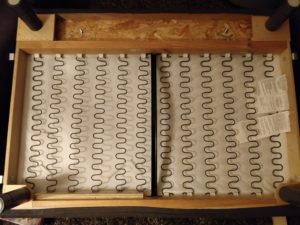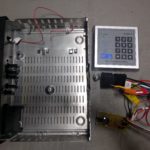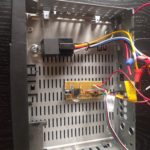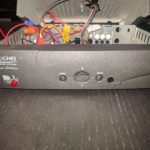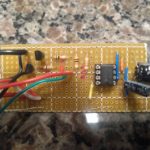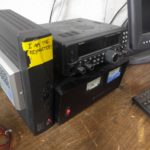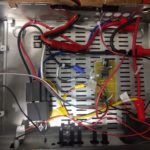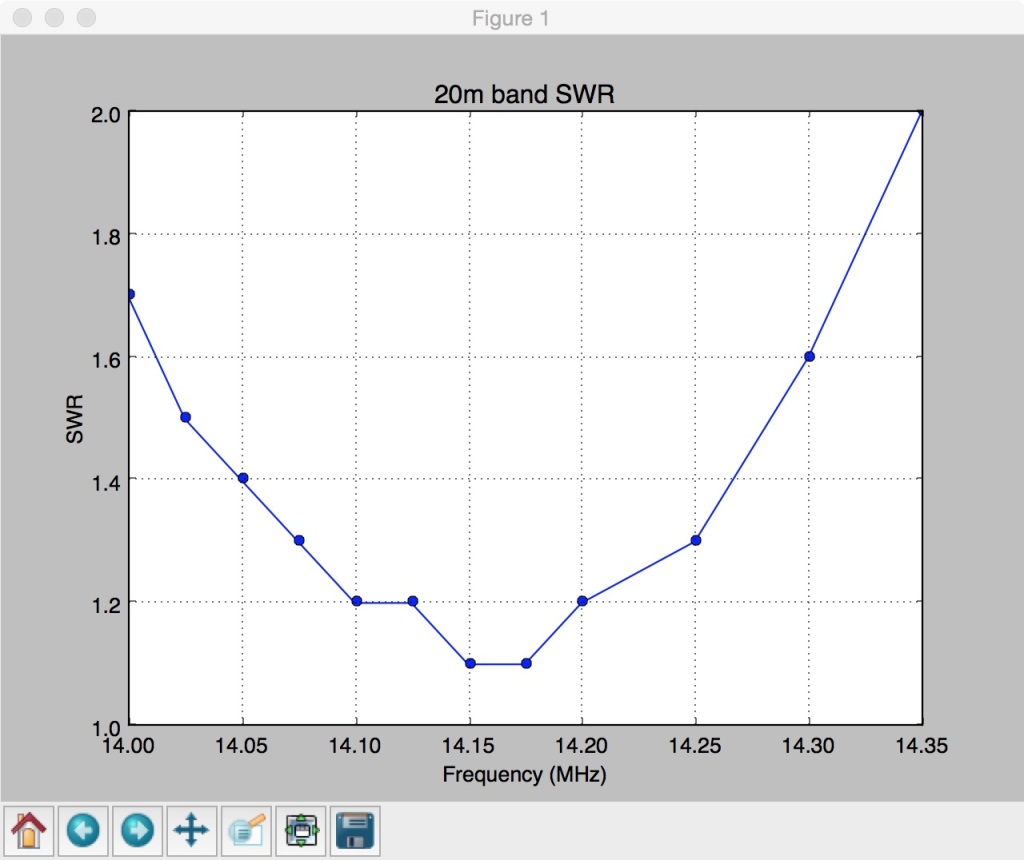I am not yet a SOTA/POTA activator, though I would like to be (actually, I have one SOTA activation on 2m VHF). However, I do travel with my radio, and have brought my Kx3 on trips, along with a 20m end-fed and/or a load-coil with whip and tail antenna.
I have built and tuned over a half dozen antennas with home-made baluns, mostly dipoles and doublets, also verticals. My antenna at home is a fan dipole with separate 20/40/80 elements all tuned to 1:1 SWR. I wanted a linked dipole that was sufficient for 100W so I could use my home radio (the rig is in a luggable case) or my KX3. I made one for 20/40, but it was too heavy for my telescoping pole for portable use. After spending a lot of time trying to figure out the coax that is just good enough for 100W, the wire good enough, the smallest but most useful toroid, etc. I decided that I was reinventing something and SOTABeams had these details figured out! I likely could not make one for a lot less than what they charge, so I bought the 20/30/40/80 Bandhopper from DX Engineering.
I brought it with me on a trip to Florida a few weeks ago, went to set it up for use, and discovered that that one leg was broken (accidental cut? my packing fault?). Packed it up. The following week I fixed the broken link by tying a knot for a secure link, soldering the ends, and encased it all in heat shrink tubing.
A couple of weeks later, I decided to head to “the land” to measure this antenna. We own a 3 acre plot of land adjacent to a county park with a nice clearing on locally high ground. The nearest house is over 1000 feet away. It is like a private field day lot and ideal for operating, and I keep a tag line in a tree for just this reason. And a picnic table!
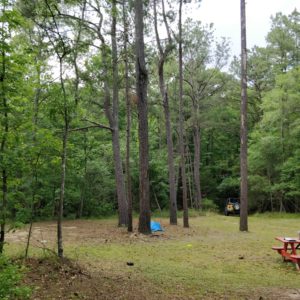
Antenna test site. Complete with picnic table! My Jeep is in the distance to keep it sufficiently far from the antenna.
I unlinked all of the links to measure the 20m response, and raised the antenna to a height for a 45 degree inverted V with the 40m ends about 3 feet above the ground. I know from my past antenna builds that distance to the ground matters (more on that later), but this was a good starting point. The 20m elements were 10-12 feet above the ground. Measurements were made with an MFJ-269 SWR meter.
To my surprise, at 20m, the antenna had a 1:1 SWR at about 14.700 MHz. It was similarly too high at 30m (10.432 MHz), and measured 1.1 SWR at 7.150 MHz on 40m. I wondered if the knot I tied at the break had something to do with it. My math said that a frequency this off likely required a lengthening of each dipole leg of about 6.5″, but the wire associated with the knot was under 3″. I cut away the heat shrink tubing, replaced it with a crimp connector. and repeated. Still resonant on 20m at 14.560 MHz — still too high.
My experience is that ground effects matter with inverted Vs close to the ground. Maybe the SOTABeam was tuned for exactly this scenario, thinking about how a portable operator might operate in real world conditions.
I lowered the height of the inverted V, still 45 degrees or so, so that the 20m ends were inches above the ground. I measured the following results for 20m:
20m SWR
| Freq (MHz) | SWR |
|---|---|
| 14.000 | 1.1 |
| 14.105 | 1.0 |
| 14.325 | 1.3 |
I continued this same process for 30m, 40m and 80m, adjusting height so the leads were within inches above the ground.
30m SWR
| Freq (MHz) | SWR |
|---|---|
| 10.000 | 1.0 |
| 10.150 | 1.5 |
| 10.300 | 2.0 |
40m SWR
| Freq (MHz) | SWR |
|---|---|
| 7.000 | 1.1 |
| 7.040 | 1.0 |
| 7.150 | 1.5 |
| 7.266 | 2.0 |
| 7.300 | 2.2 |
80m SWR
| Freq (MHz) | SWR |
|---|---|
| 3.500 | 1.7 |
| 3.523 | 1.5 |
| 3.589 | 1.1 |
| 3.645 | 1.5 |
| 3.690 | 2.0 |
I could have tweaked these by adjusting ground height, playing with the lead links (can clip upline or downline for minor lengthening and shortening). But my take-away from this is that the Bandhopper is very well tuned, and tuned for an inverted V at a height with the ends nearly at the ground, and optimized for the low end of each band. This makes sense given the prevalence of CW in SOTA operations, which is at the low end of the band.
Just for fun, I decided to see how well the antenna would work as a quick and dirty vertical. My experience with home-made verticals is that ground height from the balun matters, and radial length matters as well, especially if using few radials (like one!). I tested the vertical at 20m, 30m, and 40m with the “ground half” of the dipole linked to the same length and just coiled in a loose pile a few feet around the base. Optimal SWR in all cases was with the balun at the vertical base just above ground height. The SWR was 1.3-1.4 across the band for 20m, 1.6-1.7 across the band for 30m, and 40m ranged from 1.8 (7.000 MHz) to 1.5 (7.150 MHz) to 1.4 (7.300 MHz).
I ran out of time and did not measure the 15m response of the 40m dipole, but based on my experience with other 40m dipoles I would expect it to be quite usable with an SWR of less than 1.5.
In summary, I am impressed with many aspects of the design of this antenna. The winders are well thought out, and the materials used are as minimal as possible but good enough for the job. If I was doing SOTA activations, I would likely not deal with the added length of 80m and just buy a 20/30/40 or 20/40/60. That may be coming soon!
SYOTA.
Rob Butera KM4MK

